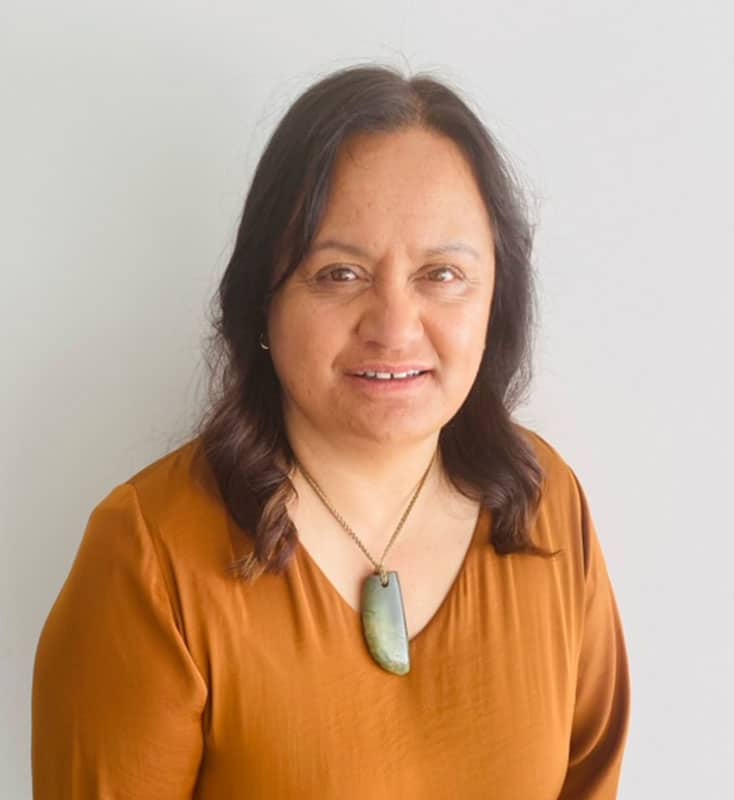This article provides a comprehensive analysis of housing developments on Māori land, particularly focusing on the Mangatawa Papamoa Blocks and the Rangiuru 2G Ahuwhenua Trust land blocks.
It gives a detailed overview of the physical locations, historical significance, and planned developments on these lands. The Mangatawa Papamoa Blocks, governed by the Mangatawa Papamoa Blocks Incorporation, plans to build thirty houses in addition to existing kaumātua housing, a shared vegetable garden, a sports field, and a day-care facility. The Rangiuru 2G Ahuwhenua Trust proposes eighteen houses near Makaehae Marae, complemented by a communal building, health facilities, walking tracks, and an arts and crafts centre. The article delves into the research conducted in the western Bay of Plenty in 2010, exploring how Māori land tenure impacts decisions to develop land for housing. It examines the application of commercial imperatives within the context of Te Ture Whenua Māori Act 1993, which aims to balance the retention and development of Māori land. The research highlights that, unlike typical housing developments, projects on Māori land often prioritise social and cultural objectives over financial gain. This approach aligns with the cultural values of Māori communities and is enforced by the requirements of Te Ture Whenua Māori Act 1993. The article further discusses the legal definition of ‘Māori land’ and addresses the challenges of multiple ownership, which has been both criticised and valued over time. The government’s review of Te Ture Whenua Māori Act 1993 is also mentioned, emphasising its focus on empowering Māori landowners while facilitating better land utilisation. Case studies from the Mangatawa Papamoa Blocks and Makahae Marae are used to illustrate potential collective wealth generation from Māori land. These cases show that the perception of risk and return in housing development on Māori land is uniquely influenced by historical, spiritual, and cultural associations with the land. The article argues that the concept of return in such projects extends beyond financial profit, encompassing broader social and cultural benefits. The avoidance of land alienation is highlighted as the most significant risk, reflecting the deep-rooted desire to preserve the land for future generations. In conclusion, the article suggests that the development of housing on Māori land is distinct from general land development, with decisions being deeply influenced by intergenerational considerations, social and cultural outcomes, and the overarching worldview of Te Ao Māori. The anticipated recommendations of the Te Ture Whenua Māori Act 1993 Review Panel are acknowledged, along with the inherent challenge for landowners to balance current development needs with the preservation of land for future generations.










